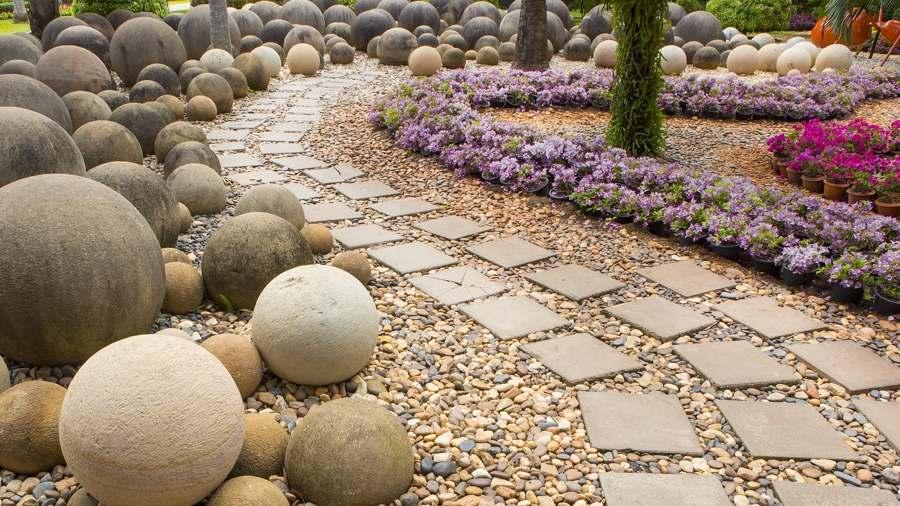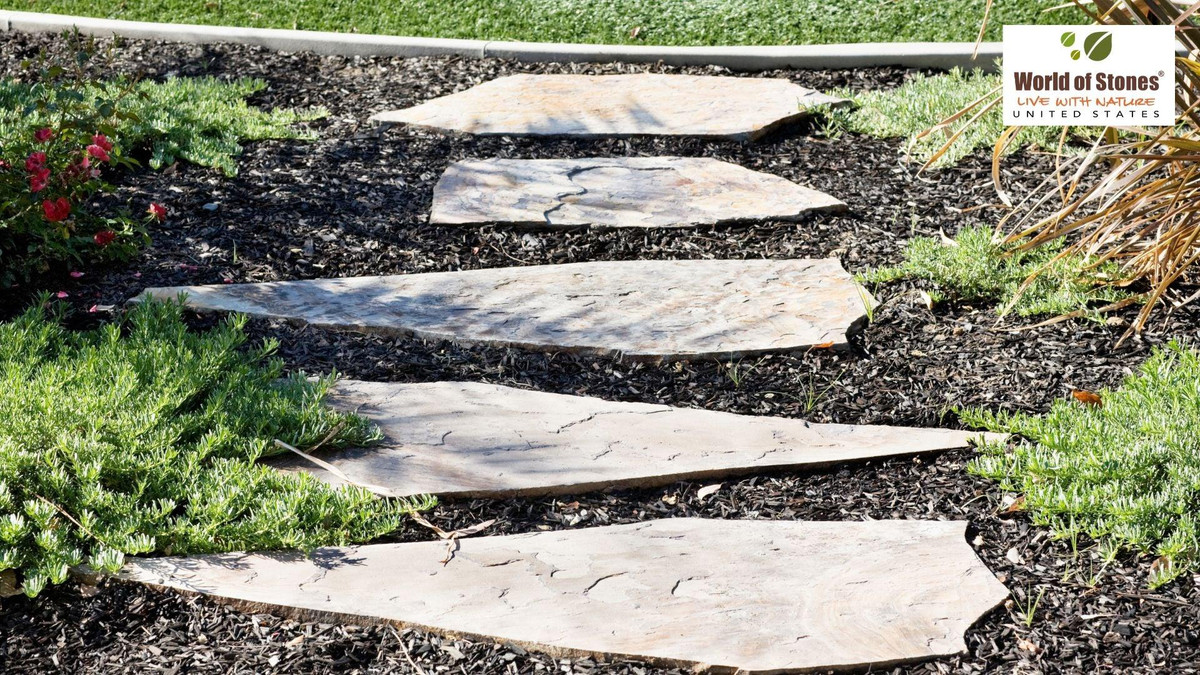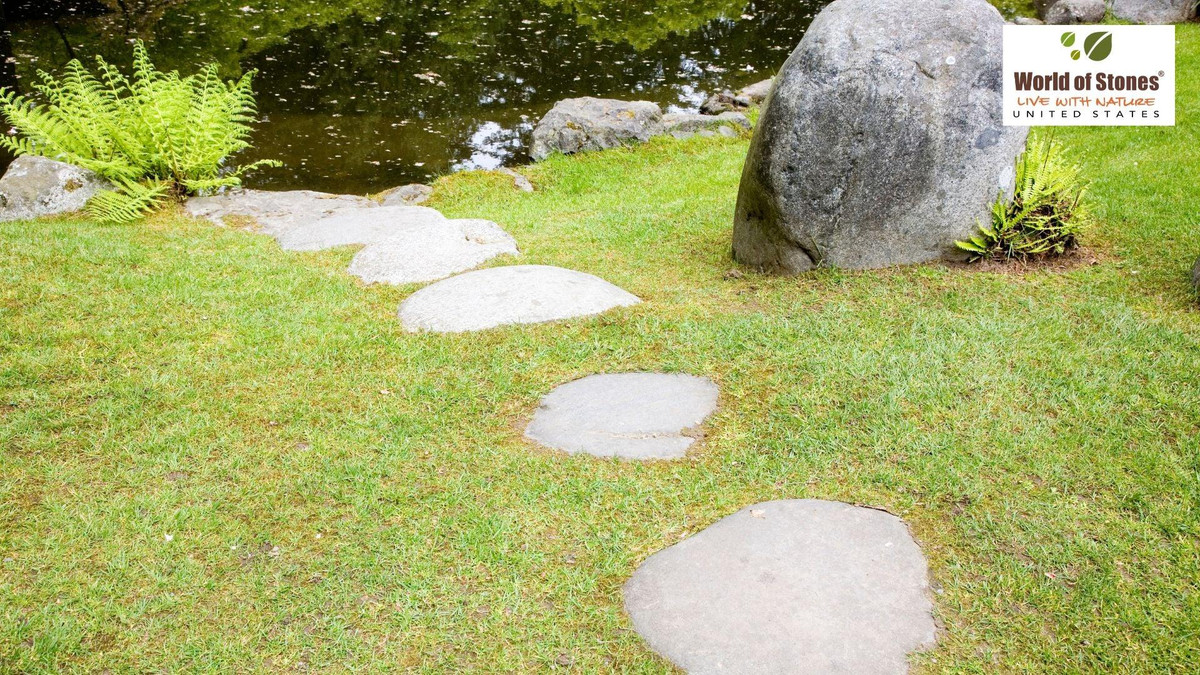So you have created a beautiful garden with a variety of plants, shrubs, and trees. Moving on a green lustered grass with bare feet is a kind of therapy and healing your body, mind, & soul to a greater extent.
However, itis not true at all times. Your guest may dislike moving barefooted in a wet & muddy garden. It is most likely during rainy days, or you have sprinkled water in your garden just now.
I mean, a defined walkway or path may prove a great idea to protect your garden or yard from trampling feet. A track with stepping stones in your garden can guide your guests intuitively and in funny ways.
Of course, we have various options to construct and lay stepping stones for a path in the garden. However, I consider natural stone material as an excellent choice out of all. It is because I know some distinct advantages of natural stones for the construction of a stepping stone path in the garden.
So, I am going to describe at least ten benefits of natural stepping stones in the garden today.
Natural Stepping Stones in Garden
1. It Requires Less Material to Construct a Natural Stepping Stone Path in the Garden or Patio
Have you marked ever that how we lay stepping stones? We leave a standard gap between two stepping stones on a path. It is known as the stride of an average adult human, and 18 inches is a standard around the world. Bear in mind that stride distance is from the center of one stone to the center of the next stone. It never is from an edge of a stone to the edge of the next stone.It ultimately reduces the total count of the stepping stone area and the number of natural stones needed to create a path against a filled or solid path.
2. No Need for Edge-To-Edge Leveling in Natural Stepping Stone Installation
You are leaving the stride gaps among the stones in a walkway. It means you need not to match stone surface level edge-to-edge. Instead, you can lay stones by following a slope in a particular direction to help in pursuing a water drainage plan for your garden. It makes the job easy for DIY enthusiastic.
3. Restricted Paver Base to Create Foundation in Natural Stepping Stone Installation
Structurally, stepping stones are a single unit when we think of a foundation or base to keep it stable against any lateral movement mainly, due to weight on the surfaces.
Therefore, in most cases, a thick layer of cement concrete or mortar is applied as a paver base. It gives strong bonds to bind stone at the top and mortal material at the bottom and act as a whole mass. It offers a firm grip to natural stone on the top and prohibits any lateral movement in any circumstances.
In a big scale project with a wide walkway, Quarry Aggregates or gravels are ideal and cost-effective material where a thin layer of sand is applied on the top of the paver base and just beneath the natural stone. Gravels and pebbles also used as side filler material to decorate the entire path with colored gravels.



